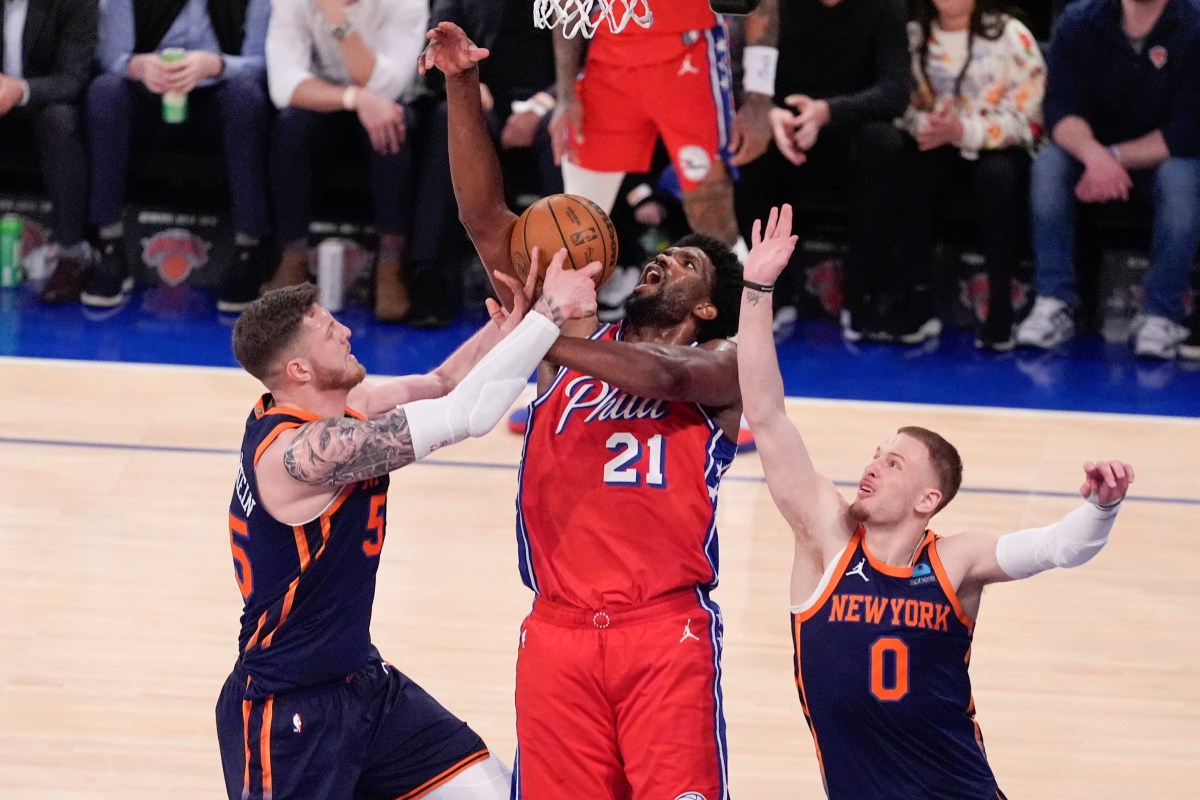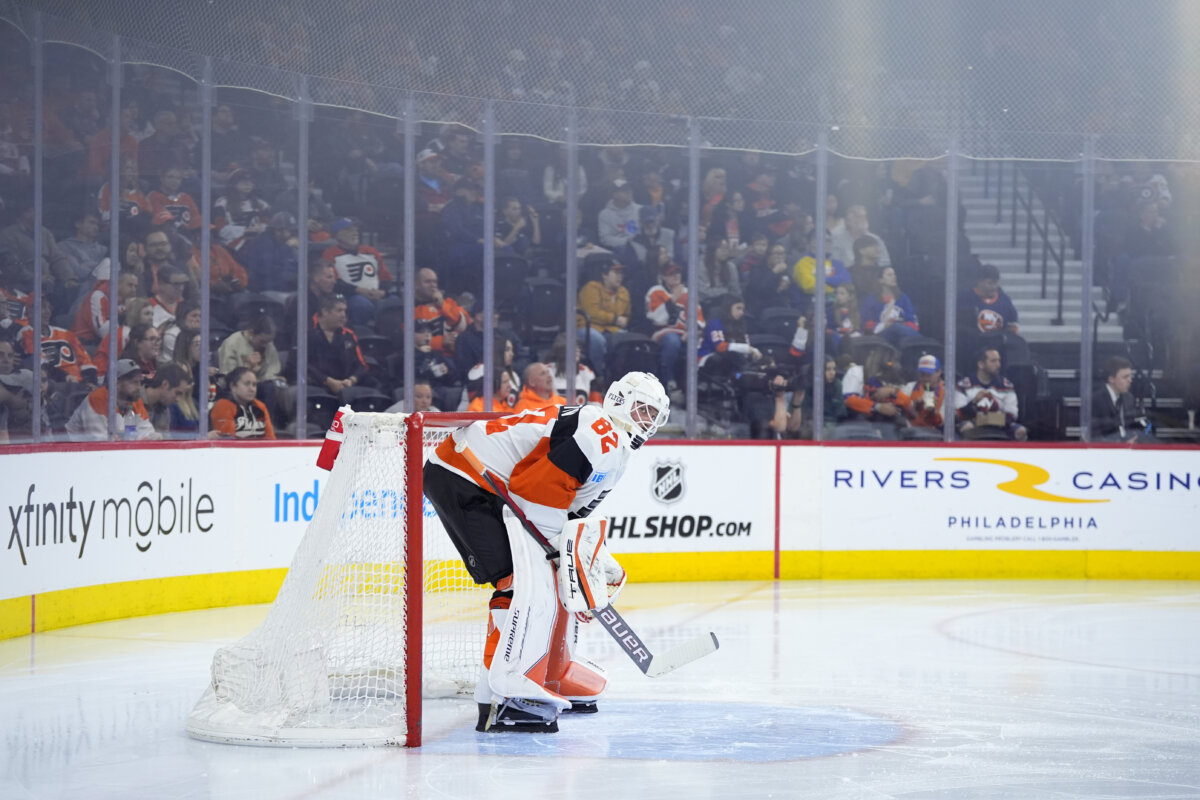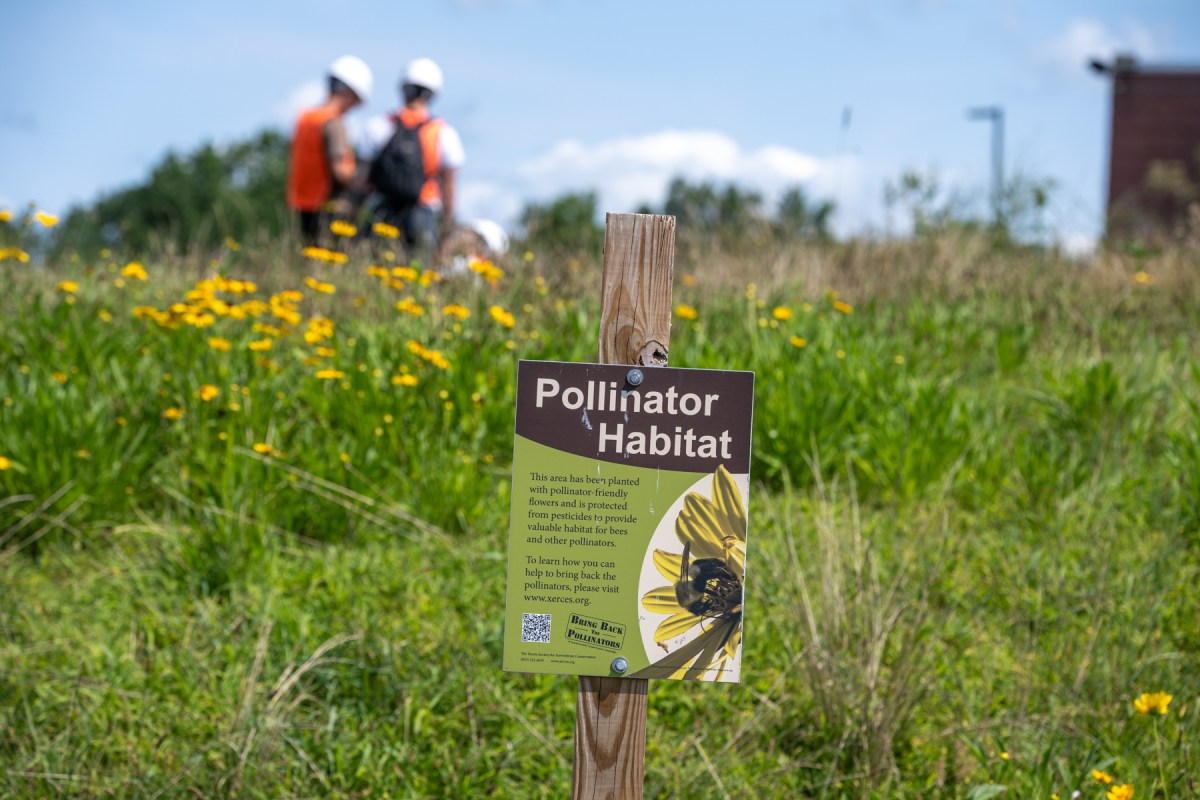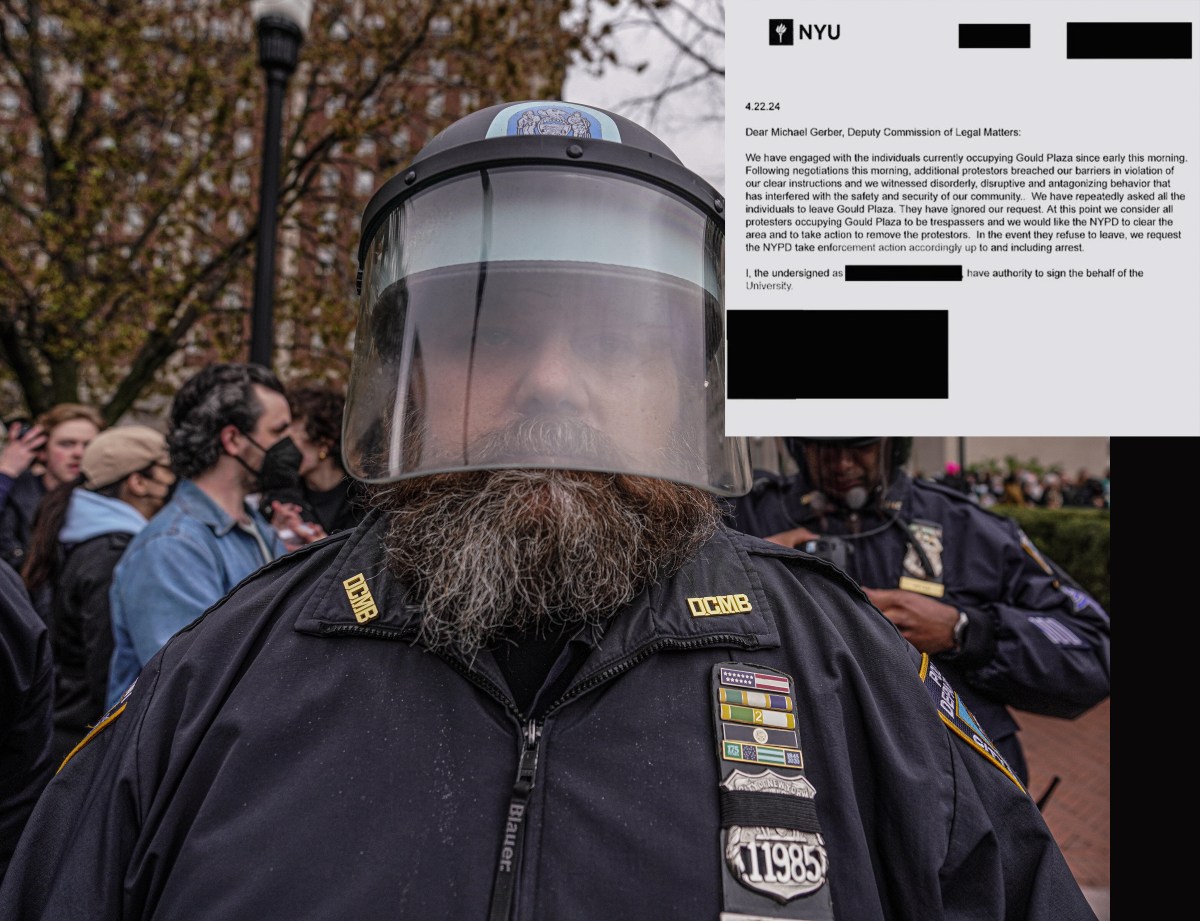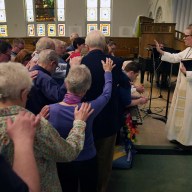
It’s springtime and with warmer weather, thoughts turn to wearing shorts and baring legs — which can mean anguish for people with varicose veins.
“When spring comes we get busier. Everyone wants them gone before summer,” says Dr. Luis Navarro, director of The Vein Treatment Center in New York and author of “No More Varicose Veins.” “The body can’t heal them, they just get worse. Over time other problems can develop, such as ankle swelling, pigmentation or thrombosis.”
The good news is that treating varicose veins is now far less painful and comes with less downtime. We asked Dr. Navarro to break down the different treatment options.
Painless sclerotherapy
“Sclerotherapy can involve up to 200 injections in three sessions. It can be done in a day, or it can also be done in multiple visits. We numb with ice and pressure to overload sensory fibers, so the patient doesn’t feel pain. Then, we inject a chemical compound which collapses the vein.”
Foam sclerotherapy
“This is a stronger compound and used for deeper, bigger veins. The foam needs to be used with care and the person performing the operation needs to know when to use liquid or foam, or a combination of both. It’s harder to control than liquid.”
Endovenous laser ablation
“This uses modern laser to weld the main vein shut and then we use a needle to remove it — that’s called phlebectomy. There are no stitches. We use an anesthetic and you don’t know it’s being done. It can take as little as 35 minutes.”
Ligation and stripping
“This is traditional surgery, which is done in a hospital under a general anesthetic. Thirty years ago, it was the only option. It involves multiple cuts to allow for the surgeon to perform the phlebectomy.”
Not spider veins
What are varicose veins? What about telangiectasias (spider veins)?What causes them?
“Varicose veins are the big, ropey looking veins and are a blue or greenish color. Spider veins are reddish purple and look like little lines. A lot of people have both. Fifty percent of adults have some degree of varicose veins by age 50, and 70 percent have them by age 70. They increase through life: Pregnancy can cause them, but the biggest factor is hereditary.”

